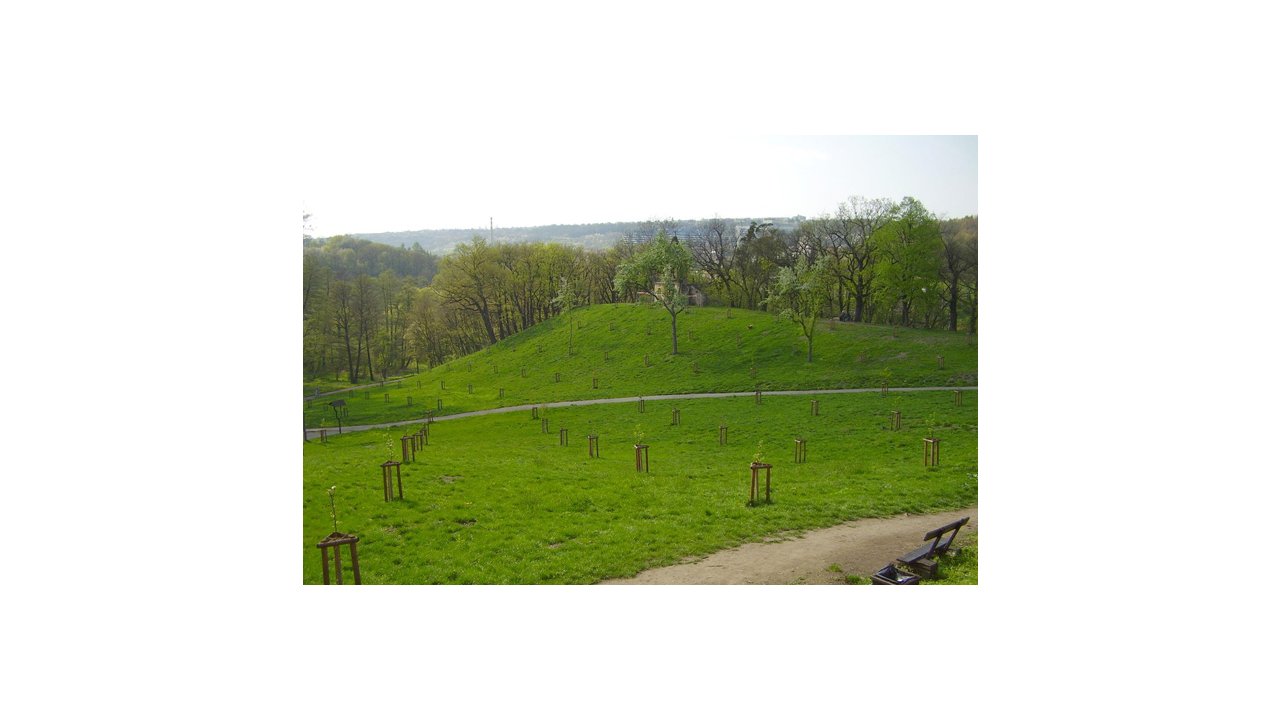As Prague neighborhoods go, Košíře is rather difficult to categorize, perhaps because it is less well known than other districts, particularly neighboring Smíchov. However, if you’ve arrived in Prague from the west by car or been at Motol or Na Homolce hospitals, you’ll have probably passed through the neighborhood. And if you’re looking to buy or rent property, Košíře is a great place to locate, thanks to the wide range of quality housing you’ll find there.
Location
Košíře lies on the western side of the Vltava river and is situated entirely within the Prague 5 borough, immediately to the west of Smíchov. The district spreads over both sides of the Motol valley, extending towards Strahov in the north, and Jinonice and Radlice in the south. To the west lie Řepy and Stodůlky.
History
Košíře today is very much a product of the early 20th century, although the Baroque Villa Bertramka is a notable exception. It was home to the Dušek family, who were friends of Wolfgang Amadeus Mozart and his hosts on visits to Prague. Today, Villa Bertramka is a throwback to Prague’s 18th century past, sandwiched rather incongruously between the tenements of Smíchov and the interwar villas of Košíře.
In Mozart’s day, Bertramka was firmly beyond the Prague boundaries and stood among fields. Well into the 19th century, Košíře was shown on maps as an agricultural area apart from scattered cottages. In addition, a small “colony” of dwellings for workers sprang up at Buďánka, around what is now Nad Zámečnicí street, in the first half of the 19th century. By the early 1990s, the cottages had become derelict; conservationists tried, unsuccessfully, to preserve them, and fires and neglect have speeded up the dereliction process.
Like Dejvice, the story of Košíře really begins in the 1920s and 30s, as property developers took advantage of the proximity to the city center, the elevated location of Košíře, and the relative distance from the grime of Smíchov. The new suburb attracted professionals lured by, among other things, the hilly, leafy location with excellent views over Prague. Leading architects of the time such as Adolf Loos enhanced the reputation of Košíře by building villas there.
As everywhere else, the Second World War and Communism were difficult times for Košíře, but since 1989 the neighborhood has, like Vinohrady, again emerged as a property hotspot, both among expats and locals.
Getting there and around
The main artery of Košíře is Plzeňská, which runs on an east-west axis through the district. The Strahov tunnel, connecting Smíchov with Hradčany, passes under the northern side of Košíře and emerges near the Hotel Pyramida, just beyond Strahov.
The nearest metro station to Košíře is Anděl, within easy reach of the western extremity of the neighborhood. Otherwise, trams form the backbone of public transport in the area. The very frequent number 9 plies Plzeňská, en route from Řepy to Spojovací via the city center, and trams 6, 10 and 16 also run along Plzeňská.
Several bus routes crisscross Košíře; one of the most handy is 217, which links the Anděl and Dejvická metro stations, passing Strahov stadium and Hradčanská on the way.
Environment
Plzeňska is dogged by constant heavy traffic, causing the usual resultant environmental problems, but as you move up and away from the main thoroughfares the surroundings become cleaner and greener and the air quality better. Another positive feature of the elevated sections of Košíře is that the contours dictate the street pattern. Roads tend to zigzag as a result, which has a traffic-calming effect.
Green space
Košíře is blessed with plenty of open space, both large parks and smaller pockets of greenery among the housing developments. The former comprises Kinského zahrada, which lies on the boundary with Malá strana. South of Plzeňská and almost in Radlice/Jinonice, is the vast expanse of Na Rovinách.
Smaller but significant green spaces include the extensive, historically significant parkland of Cibulka, adjacent to the Přírodní park Košíře – Motol, on the edge of Košíře. Other areas include the park at Klamovka, and the Sady na Skalce, on the boundary with Smíchov.
Families and children
Košíře has always been a popular area among expats with children thanks to the high proportion of villa style houses with gardens in quiet surroundings. Housing along Plzeňská is less suitable given the environmental issues and the mainly tenemental character of the housing.
With regard to specific attractions for children, Košíře is somewhat limited, although nearby Anděl is child-friendly; attractions include the CineStar and Cinema City cinemas, and parents can drop their children off at the Little Gym play center on Drtinova.
Housing
Along with Vinohrady and Prague 6, Košíře is an expat housing favorite and a well-established area. It offers a slightly cheaper alternative to accommodation in these areas, and enjoys an excellent location relatively close to the city center. Housing in Košíře comprises interwar houses, blocks of flats, panel blocks and row houses dating from the Communist period, and older, 19th century tenements.
Košíře is dominated by a mix of low-density, high-quality housing from the early decades of the 20th century, particularly the interwar period, when a number of architecturally noteworthy modern villas were built. Houses are detached or semi-detached; many appear to be large villas but are, in fact, small blocks of flats. You’ll find such accommodation between Plzeňská and Pod stadiony streets, and between Cibulka and Malvazinky, south of Plzeňská. The high quality of these properties, coupled with their leafy location and easy access to downtown Prague, inevitably keeps prices high.
Apartments in tenements, which are found mainly in the western edge of Košíře and along Plzeňská, are cheaper and still popular because they are generally well-built and are in a good location. Communist-era housing is inevitably less sought after, although such properties are not always panel blocks and therefore of better quality.
SUMMARY
Strengths
• Excellent location close to the center
• High quality housing stock
• Excellent public transport links
• Attractive green spaces
Weaknesses
• Property is expensive
• Noise and traffic fumes is an issue on main roads
• Lack of off-street parking
***
OTHER PRAGUE DISTRICTS:












 Reading time: 5 minutes
Reading time: 5 minutes 































